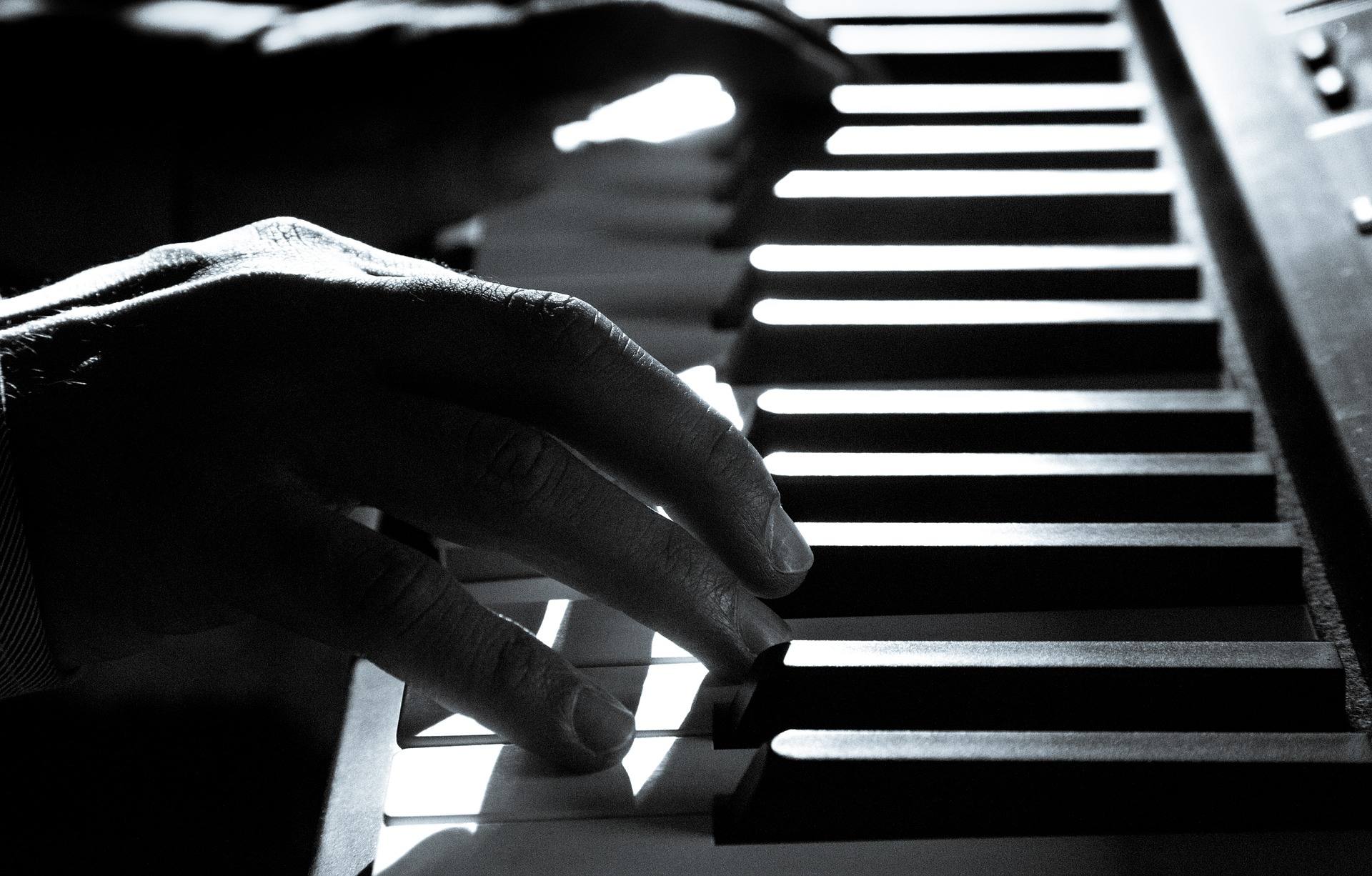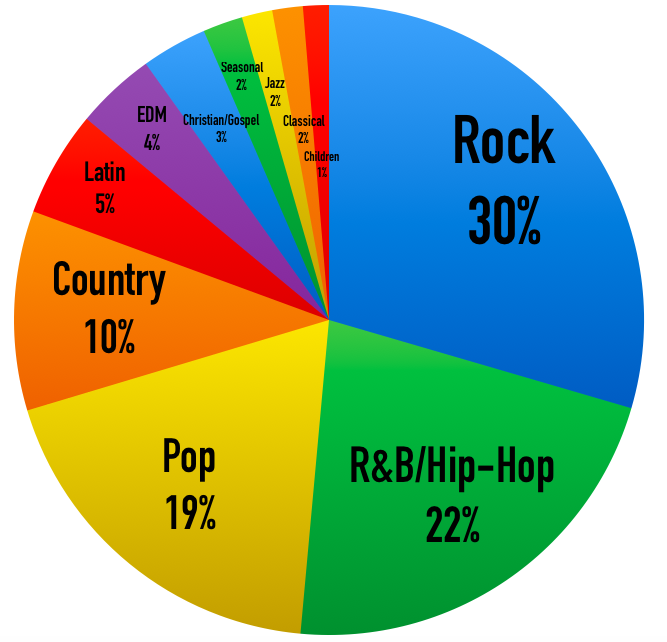Beneath the Music: The Nashville Numbering System

Have you ever met someone who can confidently play songs on the piano in any key? You wonder how it could be that you took 10 years of lessons and your level of playing doesn’t even come close to theirs. Surely, you think, they must know something that I don’t know!
I have good news for you. You are not alone. There are people all around you each day at your school and place of work who have had similar experiences. Why is this happening?
Incomplete Teaching
I believe much of it has to do with the way the piano is taught. It’s not that most piano instructors teach the wrong things. It has more to do with the fact that their teaching is incomplete. How?
The focus of most classical training is to raise up pianists who play classical music. Makes sense, right? It does for the purists.
But how many people do you know who listen to classical music regularly? I just happen to be someone who does, but I could probably count on one hand the number of friends and acquaintances I have who listen to it.
A closer look at the statistics confirms what I see in my everyday life.
Who is Listening
Digital Music News recently reported that only 2 percent of Americans listen to classical music! Yikes! Sirius XM, the satellite and online radio provider, has nine jazz channels, 20 Latino channels, and eight Canada-themed channels—but only two traditionally classical stations.
As you can see, classical music is not familiar to our students. While this is true, I don’t see this as a reason not to expose them to it.
Instead, I think it’s important that they learn some of the great classics while also learning how to play more current styles and songs. With that said, let’s talk about what this looks like in practical terms. That person who plays pop, rock, jazz and other styles knows something that most classical piano students are never taught.
It’s called the Nashville Numbering System (NNS). Here is a high-level description of it. If you feel confused after reading what I’ve written, don’t be discouraged. I plan to take it apart piece by piece in my upcoming posts. I have no doubt it will make sense to you then.
Nashville Numbering System
Created in the 1950’s by Bill Matthews, it has enhanced the playing of musicians of all stripes and colors since its inception. Simply speaking, it is a method of piano playing that uses numbers to identify the scale degrees and the triads (chords) that are built on them.
With this knowledge, a pianist can change the key of a song in a few easy steps.
First, let me show you how the numbers correlate with scale degrees. Each major scale on the piano is made up of 8 notes (see below).

As you can see, they are numbered from 1-8 with 1 being the first note and 8 being the last one.
Now, this is where it gets fun! Each degree (1-8) of a major scale has a triad (3 note chord) that is built on it (see below).

Here are the chord types for each scale degree (shown above each triad):
1 – Major
2 – Minor
3 – Minor
4 – Major
5 – Major
6 – Minor
7 – Diminished
8 – Major
As long as you know your scales, this template can help you play a song in any key. Here’s how it works.
Let’s use a portion of a song with a simple chord progression to start. How about we use a portion of God Bless America?
C G
God Bless America,
G C
Land that I love.
F C
Stand beside her, and guide her
C G C
Thru the night with a light from above.
Play in any Key
This song is in the key of C which means it is built on the C scale. To use the NNS, start by assigning each chord in the song a number.
For God Bless America, the first chord is C which would be 1 in the key C. Next is G which would be 5. After that, it goes back to C which is 1. The only other chord in the first portion is an F chord which would be assigned the number 4.
Now, let’s put the numbers in order according to how they are arranged in the song. It looks like this:
1 5
God Bless America,
5 1
Land that I love.
4 1
Stand beside her, and guide her
1 5 1
Thru the night with a light from above.
Changing the Key
Now that we have the numbers of the chords, we can play the song in any key. Let’s take the key of G as an example. 1 would be G since G is the first degree of the G scale. 5 would be D since it is the 5th degree of the G scale. This would make 4 C.
Here is what it would look like in the key of G.
G D
God Bless America,
D G
Land that I love.
C G
Stand beside her, and guide her
G D G
Thru the night with a light from above.
Over the next period of weeks, I will break all of this into different examples to make it easier to digest. Are you interested in joining me on this journey? I hope you are! If so, click here to subscribe. I promise you that I will make it worth your while.
